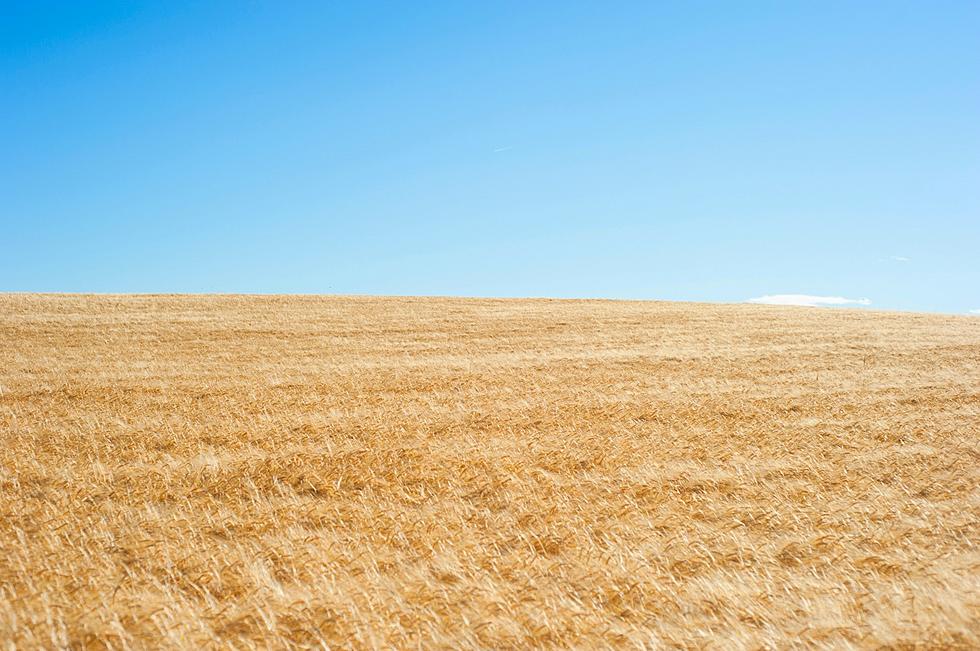
Severe Drought Declared For Central Maine, But What Does That Mean Exactly?
Hearing that all of or parts of Maine are in drought conditions is not a new thing for most Mainers. But are we really all up-to-speed on what exactly the different levels of drought severity are.. or mean?
According to the Kennebec Journal, the entire state of Maine (that's a lot!) is currently experiencing some level of drought. However, the only region that has made it into 'severe' territory is Central Maine.
When taking a look at the US Drought Monitor graphic, you can clearly see that the entire state of Maine is shaded, though some sections are in different colors. For north and down-east sections of the state are currently experiencing 'abnormally dry' conditions, while the rest of the state is in a moderate drought. That of course is with the D2 section of Central Maine being considered severe.
When it comes to different levels of drought classification, what do the different levels actually mean? We took a look at a grid like breakdown on the US drought map to find out.
Abnormally Dry conditions, like what north and down-east Maine is experiencing mean,
Going into drought:
- short-term dryness slowing planting, growth of crops or pastures
Coming out of the drought conditions:
- some lingering water deficits
- pastures or crops not fully recovered
Severe Drought, like what Central Maine is experiencing, indicates that,
- Crop or pasture losses likely
- Water shortages common
- Water restrictions imposed
The rest of Maine is shaded in the D1 category or, Moderate Drought, and according to the US Drought Monitor means that the following is likely;
- Some damage to crops, pastures
- Streams, reservoirs, or wells low, some water shortages developing or imminent
- Voluntary water-use restrictions requested
Even if we had a solid day of pouring rain it still wouldn't do much for the current conditions. Sure, it might make your lawn a little greener, but it wouldn't do much to move the needle on the drought conditions. So do what you can to help conserve water and certainly try not to let your well run dry!
LOOK: The most expensive weather and climate disasters in recent decades
TIPS: Here's how you can prepare for power outages
KEEP READING: Get answers to 51 of the most frequently asked weather questions...
KEEP READING: What to do after a tornado strikes
LOOK: Here is the richest town in each state
LOOK: Here Are 30 Foods That Are Poisonous to Dogs
LOOK: Here are the 50 best beach towns in America
Do you have our free radio station app yet? If not, it's the perfect way to request a song, talk to the DJs, enter exclusive contests and to stay up to date with everything that's happening in and around Central Maine and the world. When you download it, make sure you turn on the push notifications so that we can send you exclusive content and local breaking news that you need to know about first. Just enter your mobile number below and we'll send a download link right to your mobile device. After that, you can download for free and immediately begin accessing all kinds of exclusive content tailored just for you. Give it a try and stay connected with us!
More From 92 Moose









